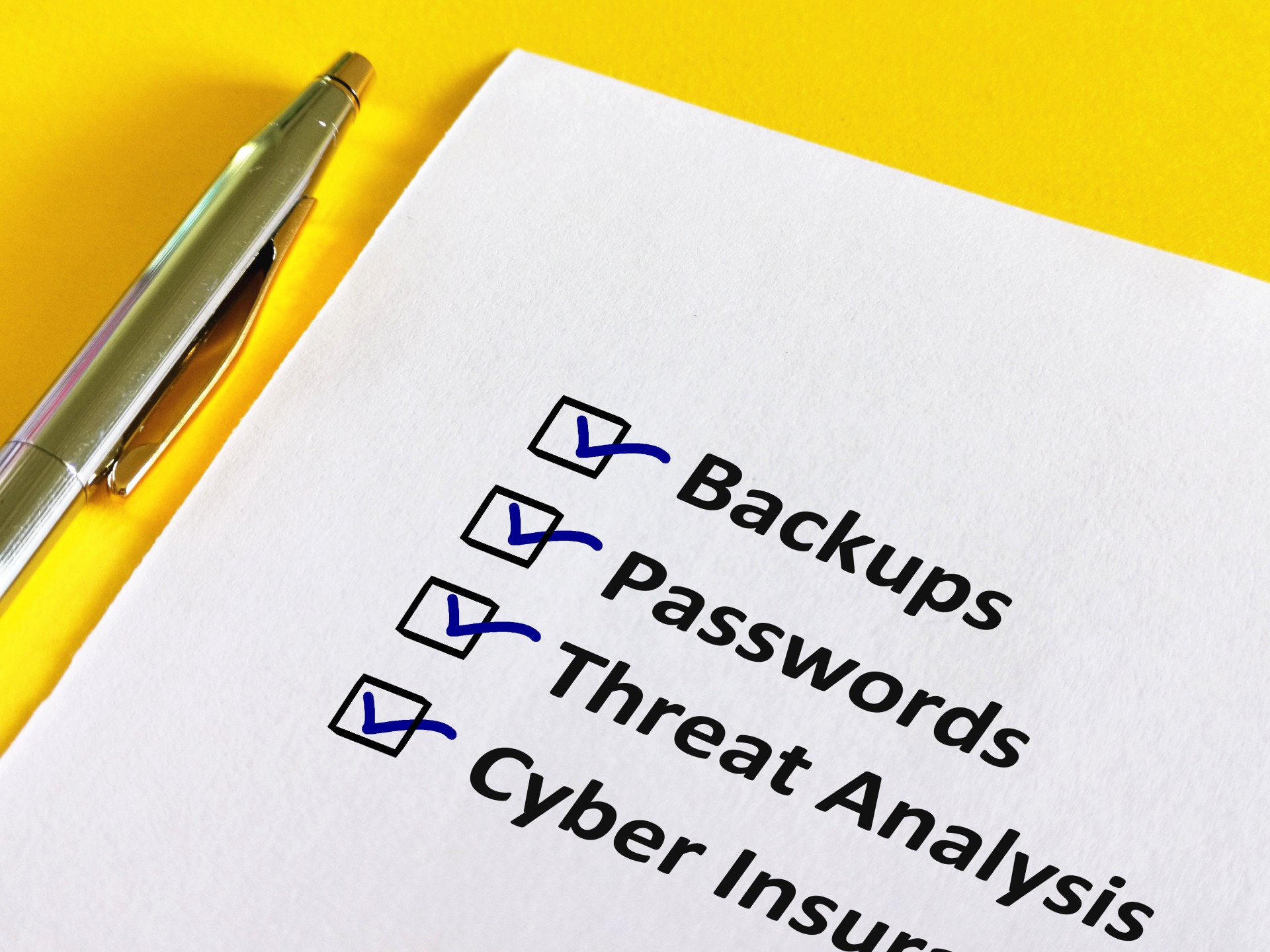As Cybersecurity Awareness Month has just ended did you get through your awareness checklist?
It’s essential for practices to take proactive steps to protect patient data and ensure HIPAA compliance. If you didn’t take the time in NOW IS THE TIME to take the opportunity to review and enhance your cybersecurity policies, educate staff, and implement stronger measures to safeguard sensitive information.
Checklist for Medical Practices:
To help your practice stay on top of cybersecurity, here’s a checklist of activities you can implement to raise awareness and bolster your defenses:
1. Conduct a Risk Assessment
– Evaluate current security policies and practices.
– Identify vulnerabilities in your network, software, and physical systems.
– Document findings and create a plan to mitigate risks.
2. Update Software and Hardware
– Ensure all operating systems, medical devices, and software applications are updated with the latest security patches.
– Replace outdated hardware that may no longer receive security updates.
– Use encryption tools to secure sensitive data, especially on portable devices.
3. Review HIPAA Security and Privacy Rules
– Ensure all staff members are trained on HIPAA policies.
– Verify that your practice’s privacy policies are up-to-date and accessible.
– Conduct regular audits to ensure compliance with HIPAA’s security and privacy standards.
4. Train Staff on Phishing and Ransomware Awareness
– Conduct phishing simulations to educate employees on recognizing malicious emails.
– Share best practices for identifying and reporting potential cybersecurity threats.
– Emphasize the importance of not clicking on unknown links or downloading unverified attachments.
5. Enable Multi-Factor Authentication (MFA)
– Implement MFA across all systems that handle sensitive data.
– Encourage staff to use strong, unique passwords in combination with MFA for all accounts.
6. Backup Critical Data
– Regularly backup patient records and other critical data to a secure location.
– Ensure that backups are encrypted and tested regularly to verify data integrity.
– Maintain offline backups to protect against ransomware attacks.
7. Update Your Incident Response Plan
– Review your current incident response plan and update as necessary.
– Ensure the plan includes steps for identifying, containing, and mitigating cybersecurity incidents.
– Practice mock scenarios with your team to test the effectiveness of your response plan.
8. Secure Mobile Devices and Remote Access
– Use encryption and mobile device management (MDM) tools to secure smartphones, tablets, and laptops used for work.
– Implement secure remote access protocols such as Virtual Private Networks (VPNs).
– Restrict the use of personal devices for accessing patient information unless proper security measures are in place.
9. Work with Third-Party Vendors
– Review your Business Associate Agreements (BAAs) with third-party vendors to ensure compliance with HIPAA regulations.
– Assess the security practices of any vendors handling patient data to confirm they meet your cybersecurity standards.
10. Join Cybersecurity Awareness Campaigns
– Engage in Cybersecurity Awareness campaigns by sharing tips with your patients and staff.
– Display educational posters, distribute brochures, and post cybersecurity tips on your practice’s website and social media channels.
By following this checklist, your medical practice can significantly improve its cybersecurity posture and maintain patient trust. Take the opportunity NOW to build a culture of security, ensuring compliance and safeguarding sensitive data.
Remember: Security Brings Compliance!

